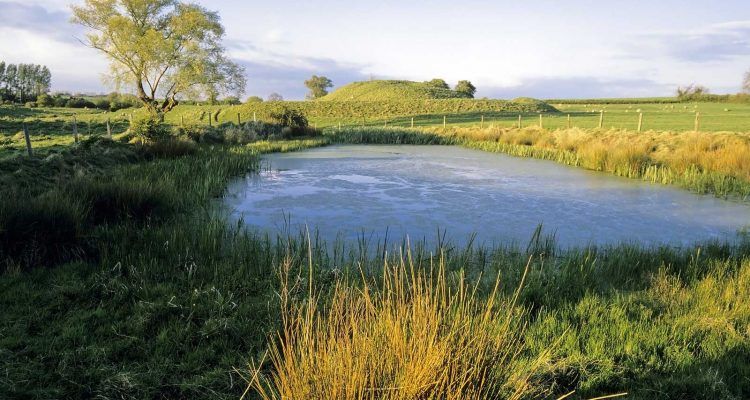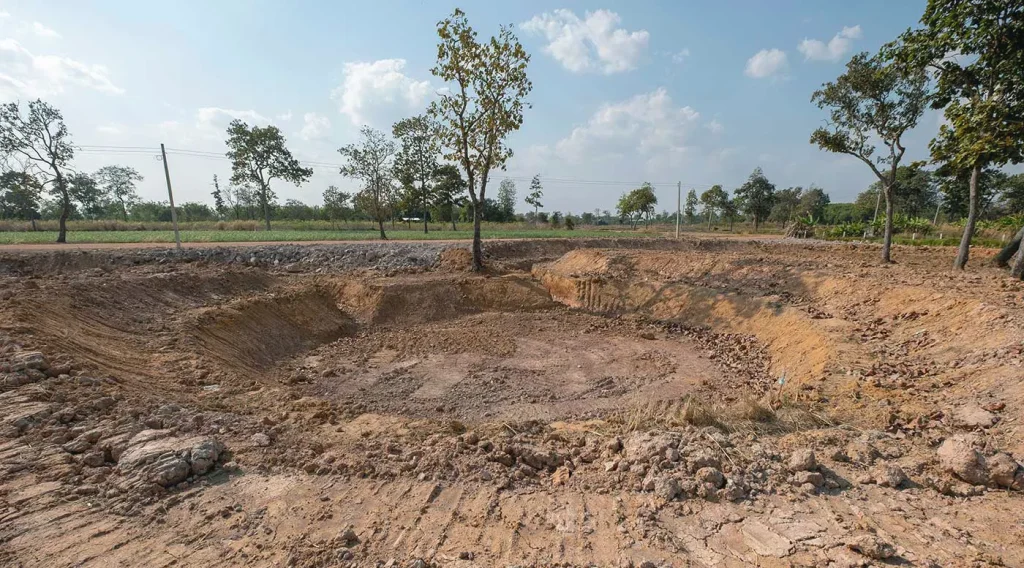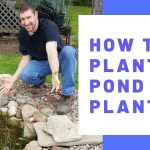Creating a farm pond can be a valuable addition to your property, providing water for irrigation, livestock, and wildlife. A well-designed pond can also enhance the aesthetic appeal of your farm while serving as a functional water resource. If you’re considering building a farm pond, here are some steps to guide you through the process.

Credit: 1source.basspro.com
1. Planning and Design
Before you start digging, it’s essential to have a clear plan for your farm pond. Consider the purpose of the pond, the size and shape you want, and the location on your property. Take into account factors such as water sources, topography, and potential drainage issues. Consulting with a professional pond builder or a local agricultural extension office can help you design a pond that meets your needs and complies with any local regulations.
2. Site Preparation
Once you’ve finalized the design, it’s time to prepare the site for excavation. Clear the area of any vegetation, rocks, and debris that could interfere with the digging process. Mark the boundaries of the pond using stakes and string to outline the shape and size of the pond. Ensure that the site is accessible for heavy machinery and excavation equipment.

Credit: www.btlliners.com
3. Excavation
Excavation is a crucial step in building a farm pond. Depending on the size of the pond, you may need to hire a professional excavator with experience in pond construction. The excavation process involves digging out the soil to create the basin of the pond. Pay attention to the depth and slope of the pond to ensure proper water retention and drainage.
4. Construction of the Dam
The dam is a vital component of a farm pond, as it helps retain the water within the pond. Constructing a sturdy dam requires careful planning and execution. The dam should be built using a combination of soil, clay, and rocks to create a watertight barrier. Ensure that the dam is properly compacted and reinforced to withstand water pressure and erosion.
5. Installation of a Liner
For added protection and water retention, consider installing a liner in your farm pond. Liners can be made of materials such as clay, bentonite, or synthetic liners like EPDM or PVC. The liner should be placed carefully to cover the bottom and sides of the pond, ensuring a secure and leak-proof seal.
6. Inlet and Outlet Structures
Proper inlet and outlet structures are essential for maintaining the water levels in your farm pond. Install an inlet pipe to allow water to flow into the pond from a water source such as a stream or a roof runoff. An outlet structure, such as a spillway or a pipe, helps control the water level in the pond and prevent overflow during heavy rains.
7. Vegetation and Aquatic Life
Introducing vegetation and aquatic life to your farm pond can improve water quality and create a more natural ecosystem. Plant native vegetation around the pond to prevent erosion and provide habitat for wildlife. Consider stocking the pond with fish species like bass, catfish, or bluegill to promote biodiversity and recreational fishing opportunities.
8. Maintenance and Care
Once your farm pond is constructed, regular maintenance is necessary to ensure its longevity and functionality. Monitor the water quality, remove debris, and inspect the dam and structures for any signs of damage. Proper maintenance practices such as controlling algae growth, maintaining vegetation, and repairing leaks will help keep your farm pond in good condition.
Conclusion
Building a farm pond requires careful planning, design, and construction to create a sustainable water resource on your property. By following these steps and investing time and effort into the pond’s maintenance, you can enjoy the benefits of a well-designed farm pond for years to come. Whether you use it for irrigation, livestock, or recreation, a farm pond can enhance the value and functionality of your farm while contributing to a healthy ecosystem.





